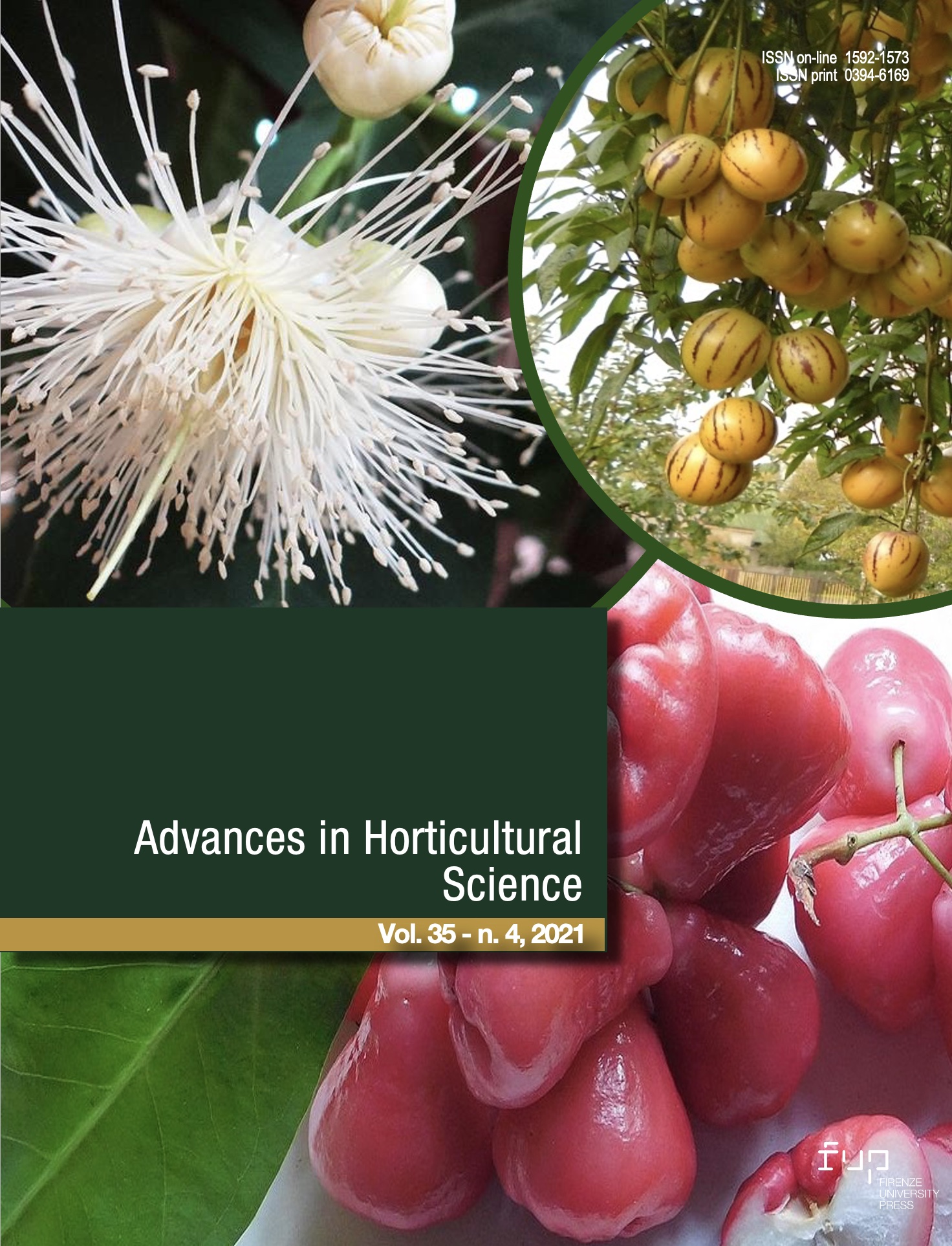Strigolactone analogue GR24 reduces axillary bud out break and growth in tea tree, Melaleuca alternifolia (Maiden & Betche) Cheel
Published 2021-10-21
Keywords
- Auxin,
- axillary bud release,
- shoot architecture,
- tea tree
How to Cite
Abstract
Strigolactone acts with other plant hormones to influence shoot architecture by suppressing axiliary bud outgrowth. The exogenous application of synthetic analogues of strigolactone, such as GR24, have been investigated as a way to manage plant architecture in a number of crops. In this study we test whether GR24 can be used to supress bud outgrowth in clonal propagules of tea tree (Melaleuca alternifolia) in order to retain a “single stem” form desirable for machine planting. GR24 was applied to decapitated rooted cuttings of tea tree at two rates (0.5 mg L-1 and 1.5 mg L-1), with and without auxin. By 21 days post-treatment, GR24 at both rates had significantly (p<0.05), reduced the mean number of axiliary buds (5.7 ± 0.4 and 5.5 ± 0.3 buds respectively) compared to decapitated untreated control plants (8.9 ± 0.6 buds). Suppression of buds was significantly higher again when auxin was applied in conjunction with GR24. Nonetheless, no exogenous hormone treatment was as effective at suppressing bud outgrowth as the apical dominance that occurred in intact control plants (1.1 ± 0.4 buds).






